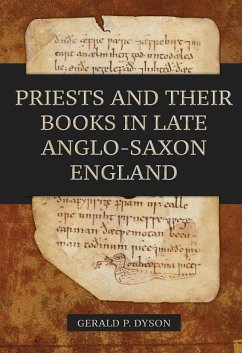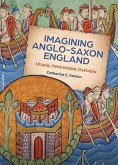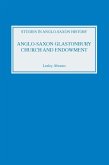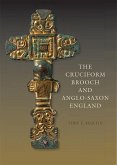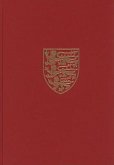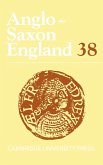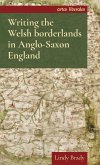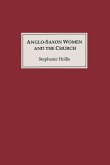Priests were ubiquitous figures in the Anglo-Saxon world: they acted as educators, agents of royal authority, scribes, and dealers in real estate. But what set priests apart from the society in which they lived was the authority to provide pastoral care and their ability to use the written word. Early medieval bishops saw books as indispensable to a priest's duties and episcopal legislation frequently provided lists of books that priests were to have: tools of the trade for the secular clergy. These books are not only an exceedingly valuable window into pastoral care, but also a barometer for the changes taking place in the English church of the tenth and eleventh centuries. This first full-length study of Anglo-Saxon priests' books examines a wide array of evidence, including booklists, music, liturgy, narrative, and, crucially, the surviving manuscripts. The volume opens with a consideration of the context of a priest's life and work, moving on to investigate the issues of clerical literacy and the availability of books to priests, uncovering avenues for priestly education and elucidating the role that the secular clergy played in channels of manuscript production and distribution. The second part analyses the documentary and manuscript evidence for certain classes of priests' books, challenging existing thought and arguing that two poorly understoodmanuscripts are in fact books for priests.

